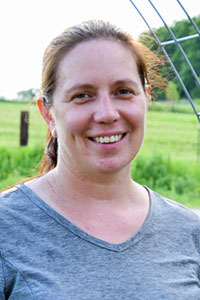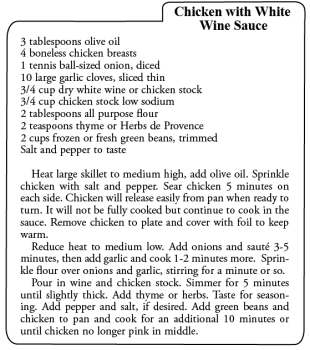 In the Victorian Era, only the wealthy had time for gardening. Gardening was viewed as an escape from the filthy city air, especially healthy for women and growing children. Secret love messages (and messages of bitterness and hatred) were communicated by delivery of cut flowers, each flower having its own unique meaning. Mansions and villas had stunning conservatories off the veranda. Cottage gardens, with flowers running rampant, dotted the countryside.
In the Victorian Era, only the wealthy had time for gardening. Gardening was viewed as an escape from the filthy city air, especially healthy for women and growing children. Secret love messages (and messages of bitterness and hatred) were communicated by delivery of cut flowers, each flower having its own unique meaning. Mansions and villas had stunning conservatories off the veranda. Cottage gardens, with flowers running rampant, dotted the countryside.
The early 1900s embraced shrubs as part of a foundation planting, with large lawn areas. Where else would one play bocce ball or tug-of-war? Visitors to the homes would stroll through the lawn to see the beautiful perennial plantings in front of the evergreen backdrop. The landscape was planted to compliment the architecture of the home.
Commercial nurseries began selling potted plants in the mid 1920s, making it simple for gardeners to plant shrubs, trees, and flowers. Flower gardening screeched to a halt during the Great Depression, when many homeowners opted to grow food instead of flowers. Years later, as flower gardening for pleasure came back in style, hydrangeas, lilacs, hostas and roses were all the rage.
 President Franklin D. Roosevelt asked Americans to grow their own fruit and vegetables during World War II. Spring of 1943 found more than 18 million victory gardens in cities and farms across the United States. American homeowners were able to produce as much food as the farms across the country.
President Franklin D. Roosevelt asked Americans to grow their own fruit and vegetables during World War II. Spring of 1943 found more than 18 million victory gardens in cities and farms across the United States. American homeowners were able to produce as much food as the farms across the country.
Baby boomers filled subdivisions in the 1950s. Lawns were a statement of success and lawn care products filled the market. The Joneses had to be kept up with. Patio furniture, grills, pools, and children filled back yards, as proud fathers shared a beer and cigarette with the neighbors.
The ‘60s were spent trying to keep up with the gardens that were planted in the previous decade, with loud oranges and yellows filling flowerbeds. The ‘70s were a time of even more flowers, veggies, and fruit trees, as community gardens popped up in urban areas. Earth Day and Arbor Day began its annual celebrations.
Box stores began selling millions of plants in the 1980s. Branded flowers, shrubs, and trees, made their way into the average garden, along with even more chemicals. This made it easier for homeowners to have a picture-perfect landscape, especially because they were often looking out their newly installed sliding patio doors.
Native plants took off in the ‘90s, and continue to be in style today. Perennials and annuals, bred for disease resistance, began to take the place of older plants that often flailed in poor sites. Ornamental grasses were used to add vertical interest, and in the 2000s, we learned to let them stand in winter. Not only did this add winter interest, but it added a place for beneficial insects to overwinter.
Where are we now? Natives are still gaining in popularity, while low-maintenance perennial and shrub beds are desired. Disease and insect resistant trees are replacing dying ash, elm, birch and other struggling breeds. Sustainable gardens with low-maintenance needs are here for a while, as aging gardeners pass on their knowledge to the next generation.
The Plant Lady is a regional horticulturalist with the goal of making Bluff Country more beautiful – one garden at a time. Follow her on Facebook @PlantLadyMn for helpful tips and tricks, or via email at ThePlantLadyMN@gmail.com.


Leave a Reply